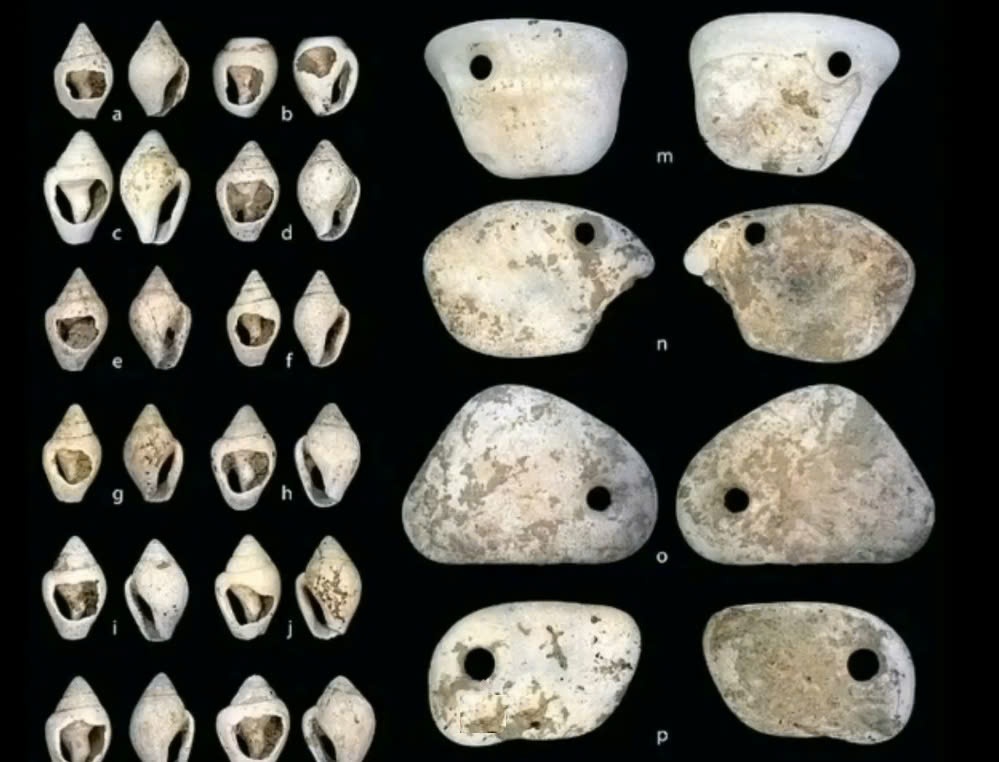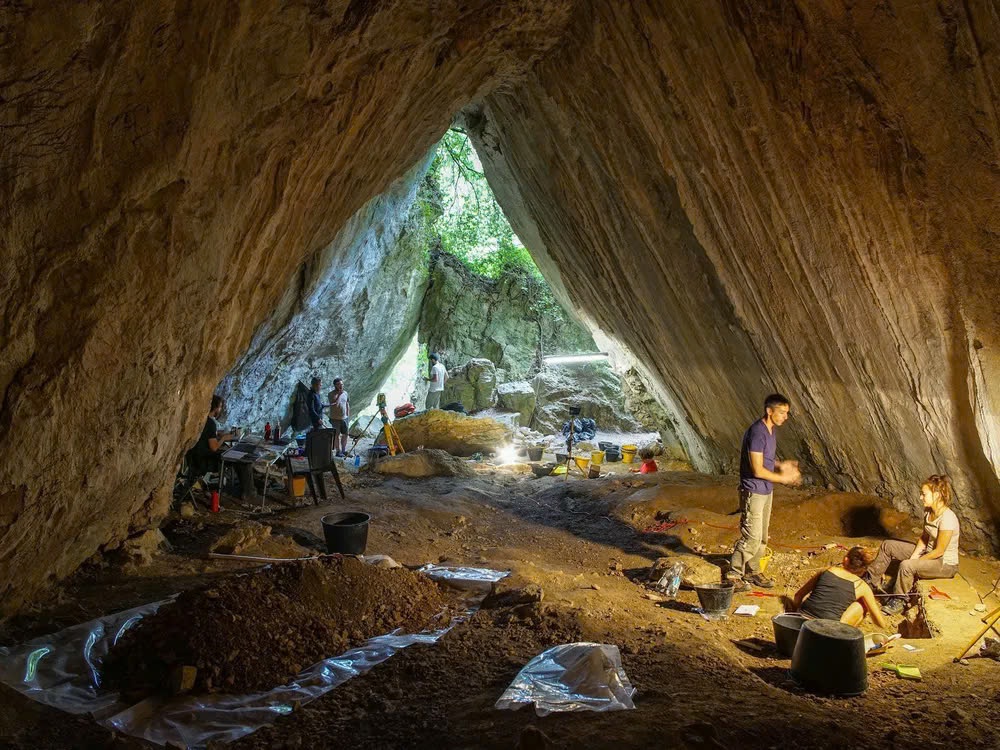Ancient Discovery Sheds Light on Mesolithic Societies

In a groundbreaking archaeological find, an international team of researchers has unearthed Europe’s oldest known grave of a newborn girl in Liguria, Italy. This discovery, dating back 10,000 years, offers unprecedented insights into early Mesolithic funeral practices and social structures.
Meet “Neve”: A Tiny Time Capsule

The infant, affectionately named “Neve” (meaning “Snow” in Italian) after a nearby river, was merely 40 to 50 days old when she passed away. Her burial site, a treasure trove of historical significance, contained an array of ornate grave goods:
- Over 60 perforated shell beads
- Four pendants
- An eagle-owl talon
These artifacts, found alongside Neve’s remains, hint at the care and reverence with which her community treated even its youngest members.
Breaking New Ground in Archaeological Understanding

Dr. Stefano Benazzi of the University of Bologna, leading the research team, emphasized the exceptional importance of this discovery. “Neve’s burial will help us fill many gaps, illuminating the ancient social structure and funerary rituals of our ancestors,” he explained.
The find is particularly significant due to several factors:
- Rarity of infant burials from this period
- Exceptional preservation of DNA in the remains
- Insights into egalitarian treatment in early societies
Dr. Jamie Hodgkins, an associate professor at the University of Colorado Denver, noted that this discovery bridges a crucial knowledge gap between the Upper Paleolithic and early Mesolithic periods.
A Window into Mesolithic Worldviews

The careful burial of Neve, complete with ornate grave goods, suggests that even the youngest members of Mesolithic societies were valued and mourned. This egalitarian approach to an infant’s funeral provides a unique glimpse into the social fabric and beliefs of these ancient communities.
As researchers continue to study Neve and her burial site, we can expect to uncover more fascinating details about life, death, and social structures in Mesolithic Europe. This tiny time capsule, preserved for millennia, continues to speak volumes about our shared human history

